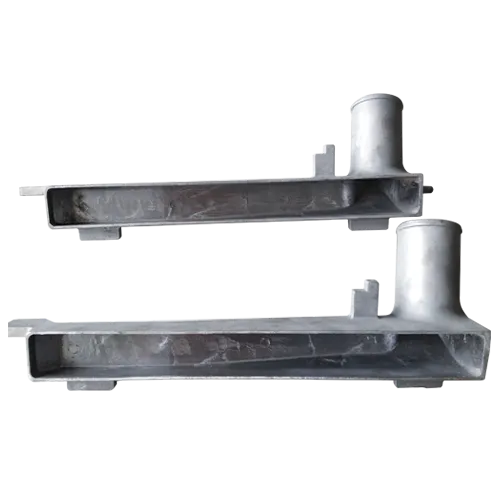Mobile:+86-311-808-126-83
Email:info@ydcastings.com
English
Key Concepts and Techniques in the Art of Metal Casting and Its Applications
Principles of Metal Casting
Metal casting is a vital manufacturing process that involves pouring molten metal into a mold to create desired shapes. This technique dates back thousands of years and has evolved significantly, becoming a cornerstone of modern manufacturing. Understanding the principles of metal casting is essential for engineers and manufacturers aiming to produce cast products with high quality and efficiency.
At its core, metal casting involves several fundamental principles material selection, mold design, melting, pouring, solidification, and finishing. Each of these steps plays a crucial role in the quality and integrity of the final product.
Material Selection
The first principle is selecting the appropriate metal for casting. Common materials used in metal casting include aluminum, steel, iron, brass, and bronze. Each material has its unique properties, such as melting point, fluidity, and strength, which influence the casting process and the characteristics of the final product. For example, aluminum is favored for its light weight and corrosion resistance, making it ideal for automotive and aerospace applications, while cast iron is chosen for its excellent wear resistance and ability to dampen vibrations.
Mold Design
Mold design is another critical principle in metal casting. The mold is typically made from sand, metal, or ceramic, and must be designed to withstand the heat of molten metal while maintaining its shape. Key considerations include the mold's dimensions, shape, and any features that may impact the flow of molten metal, such as gates and risers. Proper mold design ensures that the final product achieves the desired dimensions and surface finish while minimizing defects like air pockets and shrinkage.
principles of metal casting

Melting and Pouring
The melting of metal is a crucial phase in the casting process. The metal must be heated to its melting point, which varies depending on the material. This requires precise control of temperature to ensure complete melting and optimal fluidity for pouring. Once the metal is molten, it is poured into the mold. The pouring method can significantly affect the finished product. Techniques such as gravity pouring, vacuum pouring, or pressure pouring are chosen based on the intricacies of the mold and the properties of the molten metal.
Solidification and Cooling
After pouring, the metal begins to cool and solidify, a process governed by principles of thermodynamics and phase transformation. The rate of cooling can influence the microstructure of the metal, which in turn affects its mechanical properties. Controlled cooling is essential to reduce internal stresses and ensure uniformity in the material. Additionally, the formation of defects such as porosity or hot tears can occur if the cooling process is not properly managed.
Finishing Processes
Once solidification is complete, the mold is removed, and the cast product undergoes various finishing processes. These may include cleaning, machining, and heat treatment, which enhance the product's mechanical properties and surface finish. The goal here is to remove any imperfections, obtain precise dimensions, and improve performance characteristics.
In conclusion, the principles of metal casting encompass a wide range of considerations that impact the production of high-quality metal components. From material selection and mold design to melting, pouring, solidification, and finishing, each step in the casting process requires careful attention to detail. As technology advances, new materials and techniques continue to emerge, further enhancing the capabilities and efficiencies of metal casting. The art and science of metal casting remain fundamental to countless industries, from automotive to aerospace, where precision and reliability are paramount. Understanding these principles allows manufacturers to harness the full potential of casting, creating components that meet the demands of a rapidly evolving marketplace.
-
Efficient Automobile Water Pump: Reliable Cooling for Engine ManifoldsNewsSep.01,2025
-
Premium Fan Housing & Motor Casing for Optimal AirflowNewsAug.31,2025
-
High-Performance Automobile Water Pump & Electric SolutionsNewsAug.30,2025
-
Expert Stainless Steel Casting | Precision & Durable Metal PartsNewsAug.29,2025
-
Precision Metal Castings: Aluminum, Stainless Steel & Die CastingNewsAug.28,2025
-
Superior Aluminum Castings in Automotive Engine PartsNewsAug.22,2025











